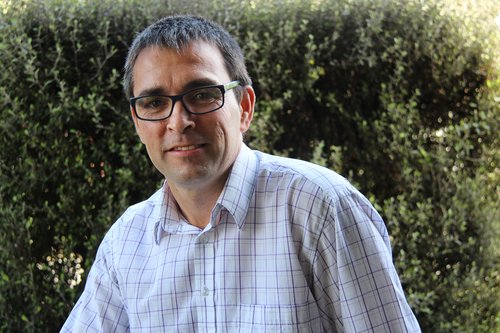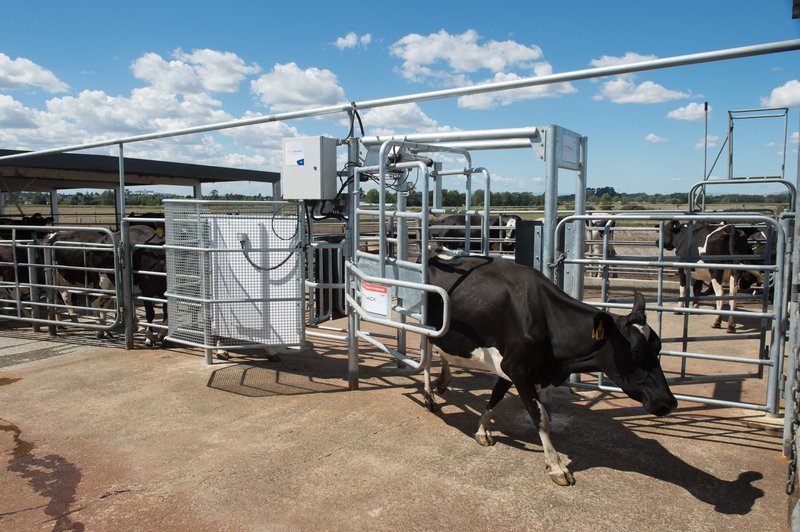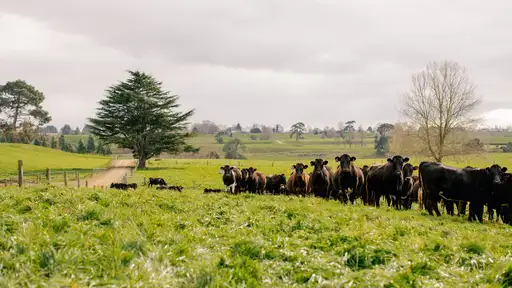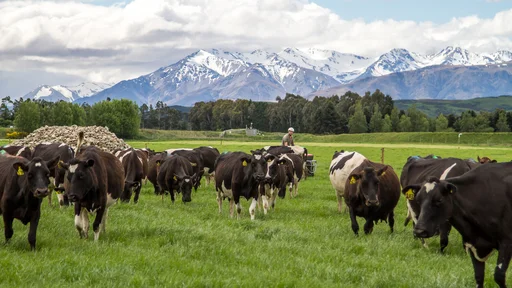As pregnancy diagnosis results emerge, and dry summery conditions perhaps force a feed strategy re-think, Greg Hamill predicts savvier farmers will want to start their new calendar year by focusing on their underperformers.

“I visit a lot of farms, and there’s little doubt many farmers know who their best performing cows are.
“But to my way of thinking, what’s more important to know, and more practical to know is: Who are the worst performers?”
To bring through replacement stock – and to adjust to changing feed or payout conditions – culling is an inevitable, necessary, and hugely important task for any farmer, Greg says.
“It’s a job we have to do, so we might as well do it accurately.
“And it’s actually quite a simple task.
“I’d encourage farmers to start by identifying cows that are negative on both production worth (PW) and lactation worth (LW).”
PW reflects a cow’s lifetime value, while LW reflects the current season’s production, Greg says, and a good way to know the difference between PW and LW is to think of the two concepts in cricketing terms.
“Say Kane Williams goes out and scores 300 against the opposition – that’ll tell you he’s currently in excellent touch. You could say his LW is high, because the 300 reflects how well he’s going so far this summer.
“But he’s also got history. Even if he batted poorly this season, it’s likely his low scores wouldn’t last forever and for that reason he’s unlikely to get dropped.
“That’s because he has a high PW: In other words, he has proven himself over time, so there’s a good chance the form slump will be temporary… the selectors will think he’ll deliver later in the season, or next season.”Who should stay & who should go now?
Culling decision are crucial, but need not be complex.
MINDA delivers a series of reports than can help farmers sort out the high performers from the poor performers.
The Herd Lactation Averages report reveals how many cows among that herd display negative, or relatively low, LW and PW.
Once identified, Greg encourages farmers to consider the impact that their low LW/PW cows are having: “On average what are they (lower LW/PW cows) producing? Farmers should compare this to the milksolid average across the herd (some herds might see, say, a 25% difference in year-to-date milk production).”
Another useful guide for culling is also available through MINDA records: The Somatic Cell Count report should help identify repeat SCC offenders.
And MINDA’s Culling Guide is also highly valuable, which allows the farmer to sort cows by the criteria most important to that farm’s operations.
Don’t forget Breeding Worth (BW)

It’s worth noting that the bottom 10% of cows, by BW, are unlikely to be worth breeding from (and certainly not worth keeping replacements from), because there appears to be a high correlation between BW and a herd’s milksolids production.
In 2016/2017 LIC researched millions of herd test results. The aim was to identify milksolids variation between the ‘top-quartile’ and ‘bottom-quartile’ of cows.
The study narrowed the scope of results so that only the ‘engine-room’ of herds (i.e. mixed-aged cows, 4- to 8-year-olds) would be considered – so the study never considered 2- & 3-year-old cow information together with 9-year-old cow information.
Comparing the top quartile of cows against the bottom quartile of cows revealed there was a remarkable 160kg milksolids difference between the two quartiles.
Perhaps unsurprisingly, the animals in the top quartile were also on average the highest breeding worth (BW) animals within the herd test dataset (note: BW is the expected ability of an animal to produce an efficient and profitable replacement).





